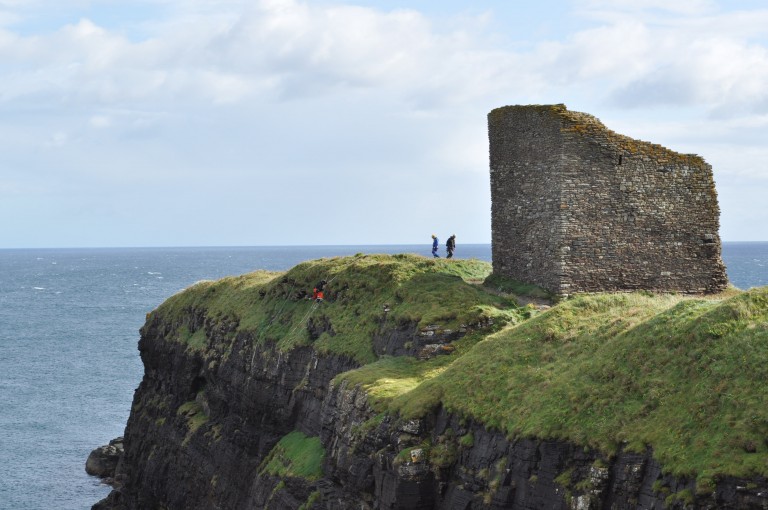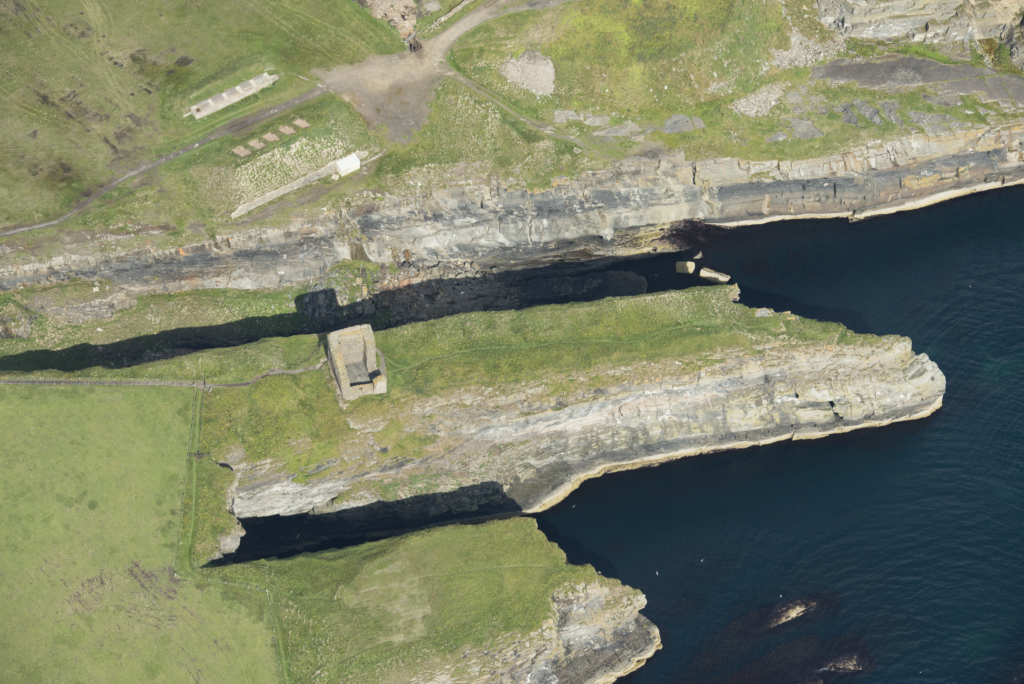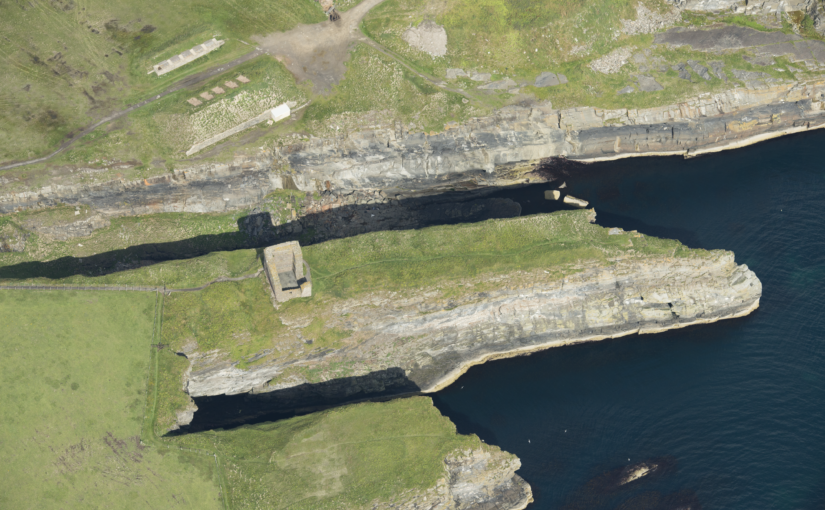As the Old Wick project gets underway, the project lead Rachel Pickering of Historic Environment Scotland explains what they are trying to find out and how.
In the far northeast of mainland Scotland, on a narrow promontory, surrounded by cliffs on three sides, stand the ruins of Castle of Old Wick. The castle is one of Caithness’ most striking medieval sites due to its rugged location. But time has not been kind to the castle, and all that survives above ground is the stark stone skeleton of a once grand tower, within low-lying earthworks on the promontory behind. There are many unanswered questions about this castle, not least ‘when was it built?’.
Subscribe to our quarterly newsletter


Very little is known about the castle’s origin and development – there is limited documentary evidence relating to its earlier history and no diagnostic architectural features survive, making it very difficult to date. It was once thought to have been one of the earliest stone castles in Scotland, associated with Norse earls of Orkney and Caithness. However, more recently, scholars have questioned this, suggesting a 14th century date is much more likely for its construction.

One tantalising clue survives that may shed light on its construction history – a single fragment of timber within a joist socket of an upper floor. The image below shows these joist sockets which indicate the tower had timber floors throughout. The sole surviving timber is increasingly at risk of decay as it is exposed to the elements. Our aim is to remove the timber and assess it for dendrochronological analysis – or tree-ring dating, before conserving the remains. From this we may be able to get a scientific date to indicate when the castle was built. At the very least, such a date may provide an age and provenance for the timber joist which provides an insight into phases of the castle’s development.

Thanks to generous grant funding from the Castle Studies Trust, HES and specialist contractor Dr Coralie Mills of Dendrochronicle will be carrying out new research this autumn, with the hope of recovering dating evidence.
The timber is believed to be oak, making it suitable for dendrochronological analysis, though it is in a very fragile state. It will be accessed using a scaffold and very carefully removed and wrapped before being transported to the laboratory in Edinburgh for detailed examination. Its condition and suitability for dendrochronological analysis will then be assessed. If it is not possible to analyse the rings of the timber due to its condition, then an alternative method will be undertaken using radiocarbon ‘wiggle matching’. This would involve taking several samples for high precision radiocarbon dating, allowing for a more accurately calibrated radiocarbon date for the timber.
We hope this research will shed light on the construction and development of Castle of Old Wick, by providing valuable scientific dating evidence. The project will also potentially support the on-going development of dendrochronological analysis within Scotland, as every new analysis can help to add to and refine existing tree-ring chronologies, which in turn supports future research.
